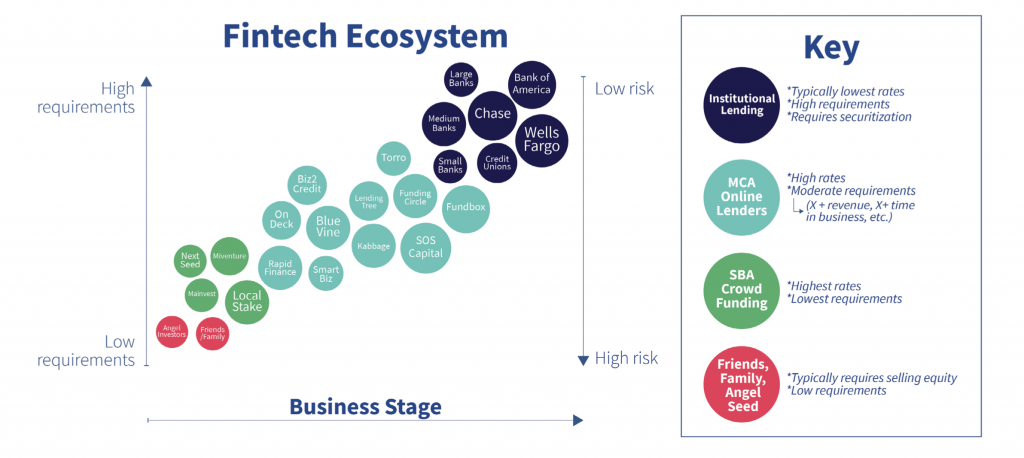70. Per Bylund: How Entrepreneurs Build Businesses That Are Beautiful Islands Of Specialization
Per Bylund discusses the distinctive Austrian theory of the firm on this week’s Economics for Entrepreneurs podcast. He captures his unique business strategy construct in the metaphor of Islands of Specialization.
Key Takeaways and Actionable Insights
How do creative entrepreneurs design and build new businesses, new products and new services that grow and succeed? You’ll make a big difference for your own venture if you follow Per Bylund’s advice to Think Better, and Think Austrian. One step in the right direction is to clear your head of thoughts about competitors to fight, markets to invade, beachheads to take, or moats to construct around your business and your brand.
The alternative way of thinking is to envision your business enterprise, your brand or your offering as an island of specialization. What you create, launch, build, grow and sustain is something that is so special that your customers experience a deep and rich feeling of value that they can’t possibly get anywhere else. For your customers, it provides the business equivalent of a visit to (and eventually permanent residence in) a comfortable, amenity-laden resort on a beautiful tropical island, where the staff recognizes and caters to their every wish. There’s nothing else like it.
How can you create one? There are four principles that successful entrepreneurs follow to build their island.
Aim To Please. That’s not the kind of advice you’ll find in business school or textbooks. Yet it captures the core of our Austrian approach to business. The customer is the reason for you to be in business. Aiming to please them is the right way to think about strategy. Aiming to please is a process of observing, listening, studying and empathically sensing what will please customers the most. You aim to understand their ecosystem and their logic, their hopes and their dreams. Your offering is the way you indicate to them that you can fit in to their ecosystem and contribute to their goals. Your business model is the way you arrange your activities to please customers once you’ve fully understood their preferences and desires. Competition, cost, resources and other considerations are secondary.
Don’t copy — move beyond. Military business metaphors depict competition as conducting wars over business territory, or fighting for customer attention. In Per’s Austrian way of thinking, there is no new value for customers when a firm merely copies what is already offered by others. There’s no point — no value — in fighting over market spaces. Value emerges from what’s new and better and different. Smart entrepreneurial island builders assess the current landscape, predict where the customer will be in the future, and navigate to that place to build a new island.
Build from strength. Entrepreneurs distinguish what is unique about themselves, their partners and employees, their processes, their brand and their resources that can be of benefit to customers. Much of the uniqueness is subjective — the owners’ or the business’s identity, their unique knowledge and expertise, their relationships and interconnections that can co-ordinate the assembly of specific solutions. It’s not about arraying more destroyers on the battle lines than the opponent; it’s arraying a set of uniquely desirable and attractive brand features and attributes that are attractive to the customer.
Maximize value not output. The island builder keeps on building. Not for scale or market share or maximizing output. The direction of growth is to maximize value. Value is a feeling of satisfaction in the customer’s mind. Maximization, in this view, refers to higher levels of satisfaction, over a wider range of experiences, for more customers on more occasions. Maximization is not a quantitative or mathematical concept, to be compared with rivals to ascertain who is “winning”. It’s a qualitative concept — what quality of value has been experienced, and how can it be improved.
The four guiding principles — aim to please, in unique ways, based on your own identity and strengths, always thinking about the value that’s experienced by customers — lead to beautiful businesses. If you are developing visual island imagery in your mind’s eye as you read this, think of a balmy climate, vibrant flowers and trees, bubbling streams and distinctive animals and birds. Let your imagination run free in conjuring up beauty — that’s what entrepreneurs do as the start, grow and sustain their businesses.
Free Downloads & Extras
The Two Kinds of Knowledge Entrepreneurs Must Have: Our Free E4E Knowledge Graphic
For a full-length essay by Per Bylund (“Make Your Startup an Island”), download our latest free e-book, Austrian Economics in Contemporary Business Applications: (PDF): Our Free E-Book
For a shorter essay, see Per’s Entrepreneur.com article, “Forget the Moat and Make Your Startup a Tropical Island”: Click Here
For a full exposition of the Austrian theory of the firm and the concept of islands of specialization, see The Problem of Production: A New Theory of The Firm: Click Here
Start Your Own Entrepreneurial Journey
Ready to put Austrian Economics knowledge from the podcast to work for your business? Start your own entrepreneurial journey.
Enjoying The Podcast? Review, Subscribe & Listen On Your Favorite Platform:
Apple Podcasts, Google Play, Stitcher, Spotify

